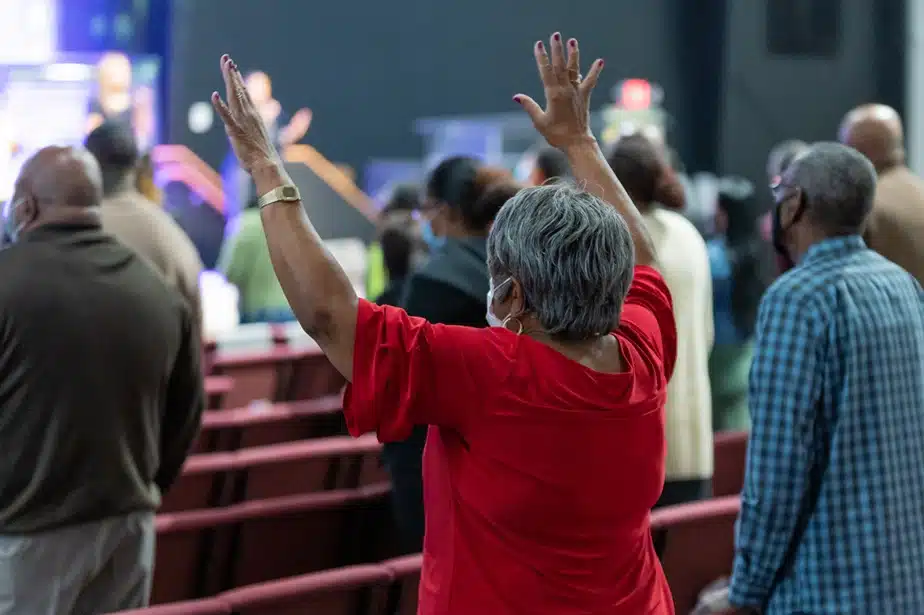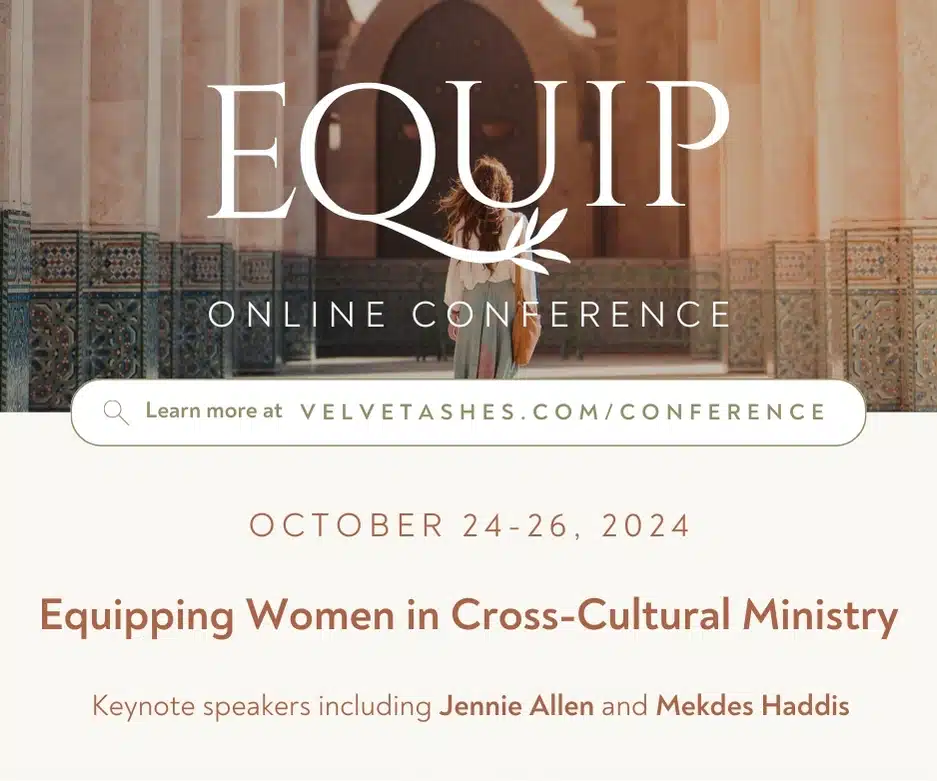EMQ » July – Oct 2024 » Volume 60 Issue 3
Please login to view this content.

Education
Summary: The Black church has been underrepresented in global mission for more than 100 years. An appropriate educational model for missiological theology contextualized for the African American church is one way to help African Americans become more engaged in global missions once again.
By Phyllis Johnson
For more than 100 years, the Black church has been absent or prevented from preparing, educating, and sending African American missionaries to the mission field. Richard Coleman, a missionary with The Mission Society, contends that Black churches have not reinforced participation in global missions. According to the African American Manifesto published by Columbia International University in 2007, the representation of African Americans in the population of US missionaries is less than one percent.[i]
However, in his book, Profiles of African American Missionaries, Brian Johnson shows that great African American missionary pioneers, both men and women, have made integral contributions in the history of missions in the United States since the 1700s. They left an indelible mark on American Christianity, especially in global missions.
While their stories have been systematically ignored and marginalized, they are critical in helping the Black church’s reclaim its global mission involvement. Johnson asserts that African Americans must continue the legacy that has been reported as “forgotten” or “missing.”[ii]
Numerous obstacles also keep the Black church from its global missionary responsibilities. In her doctoral dissertation, Linda Saunders examined four major areas of concern that contributed to the disintegration of Black presence in global missions: colonialism, Jim Crow laws that affected global missions, White-dominated missions’ boards, and the Black church’s shift to self-preservation.[iii]
In addition to Saunders concerns, three more key factors are also significant: economic disparities, historical trauma and distrust, and limited education awareness. An appropriate educational model for missiological theology contextualized for the African American church is one way to help African Americans become more engaged in global missions once again.
Member-Only Access
Evangelical Missions Quarterly (EMQ) is available to Missio Nexus members as a member-only benefit or as a digital subscription.
Please login to gain access or join Missio Nexus!





